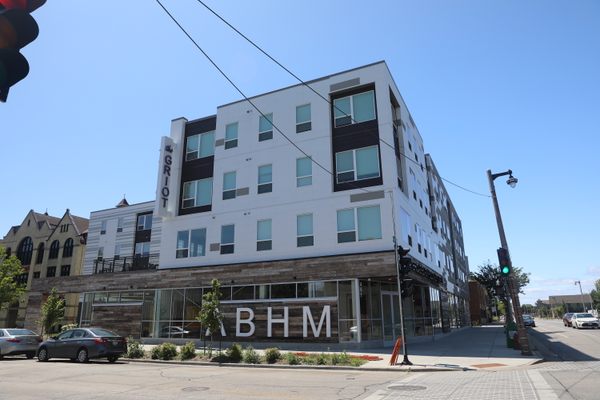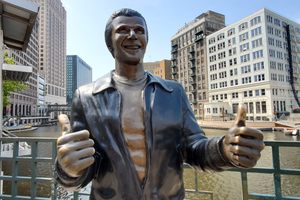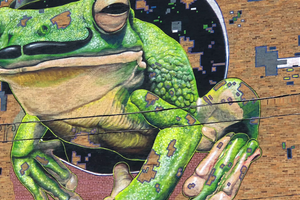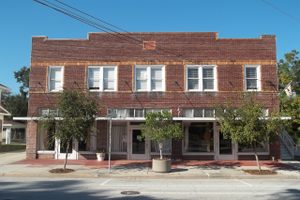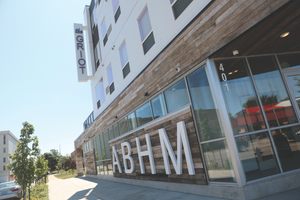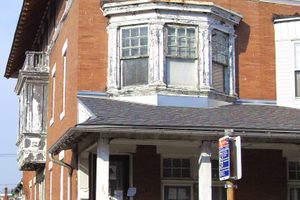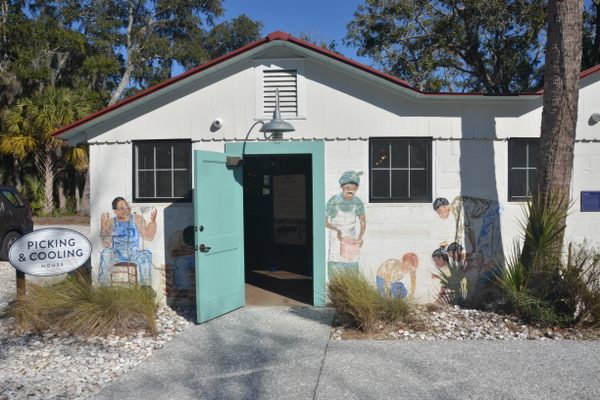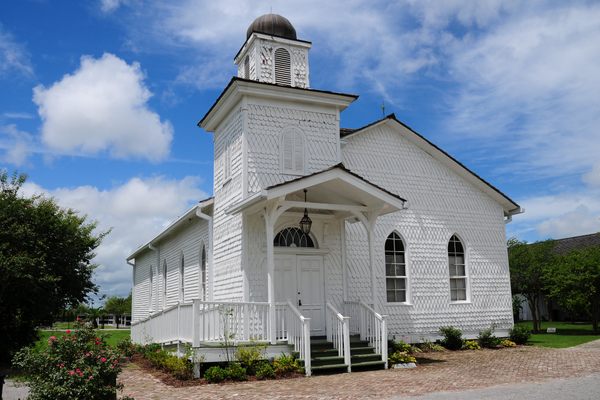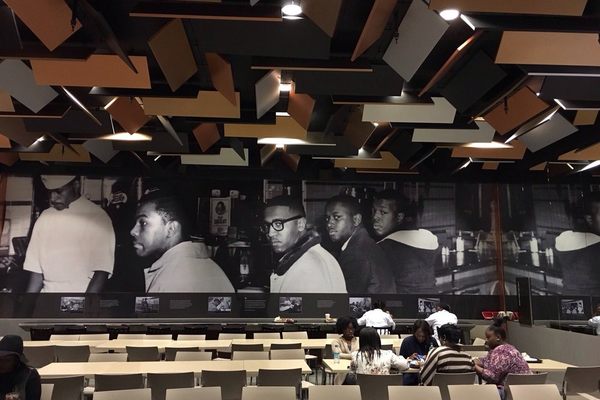About
James Cameron was just 16 years old in 1930, when he survived a brutal lynching attempt in Indiana that left two of his friends dead. The event set him on a decades-long course of activism and advocacy that eventually led him to Milwaukee, Wisconsin, and the culmination of his life’s work: America’s Black Holocaust Museum.
Cameron founded the museum in 1988, and in 1994 expanded it to a larger building in the city’s Bronzeville District. Until the mid-20th century, the northside neighborhood had been the bustling commercial and social core of Milwaukee’s Black community, before misguided urban development projects and interstate construction sliced Bronzeville in half, demolishing thousands of homes and devastating the community. Cameron’s decision to move his museum to a small building on North Avenue, one of Bronzeville’s main thoroughfares, was one of the first signs of regeneration in the neighborhood.
After Cameron’s death in 2006, the museum struggled, closing in 2008 and then returning as an online space for education and engagement in 2012. While its virtual presence will continue, the museum has found a new physical home: A sleek, 5,000-square-foot building, on the footprint of the museum’s previous Bronzeville location. The revitalized ABHM reopened to the public in February 2022, with exhibits that expand on its four long-running themes: Remembrance, Resistance, Redemption, and Reconciliation.
The galleries, arranged chronologically, begin with an overview of the diverse cultures and civilizations that thrived for centuries across the African continent, including the wealthy, sprawling empires of Mali and Songhai. Subsequent exhibits focus on the African American experience, beginning with an unsparing look at “the Middle Passage,” a reference to the journey that millions of African men, women, and children were forced to take to the Americas after being enslaved. Visitors then follow the challenges and the triumphs on the long road to recognition and equality—a path with many obstacles still to be overcome.
Exhibits cover major historical watersheds, such as the 13th Amendment, the Civil Rights movement, and the ongoing calls to address systemic racism, without losing sight of the individuals whose lives were directly affected.
Much of the material is disturbing—such as postcards of lynchings that were mailed as souvenirs and are still circulating today as “collectibles”—but it is never presented for shock value. Instead of docents, the museum has griots (the term is a nod to a West African oral historian tradition) to guide visitors and offer additional information to help process the sometimes emotionally overwhelming exhibits. The overall experience of the reopened museum is one of engagement, providing visitors with tools to continue the conversation about race in America long after they leave.
Related Tags
Know Before You Go
The museum’s hours are Tuesday-Saturday 10 a.m.-5 p.m. and Sunday, noon-5 p.m. Public transit is the best option to get there; the museum does not have a lot and parking options are limited. A number of city buses pass within a block of the museum; the nearest stops are W. North Ave. and N. 5th St. or W. North Ave. and N. Dr. Martin Luther King, Jr. Dr.
Tickets are $7 for adults ages 18 and up, $5 for children ages 3-17; children under three get in for free. Be advised that some of the exhibits feature graphic images or descriptions and may not be appropriate for all visitors; museum staff can provide specific guidance upon arrival.
Community Contributors
Added By
Published
February 22, 2022
